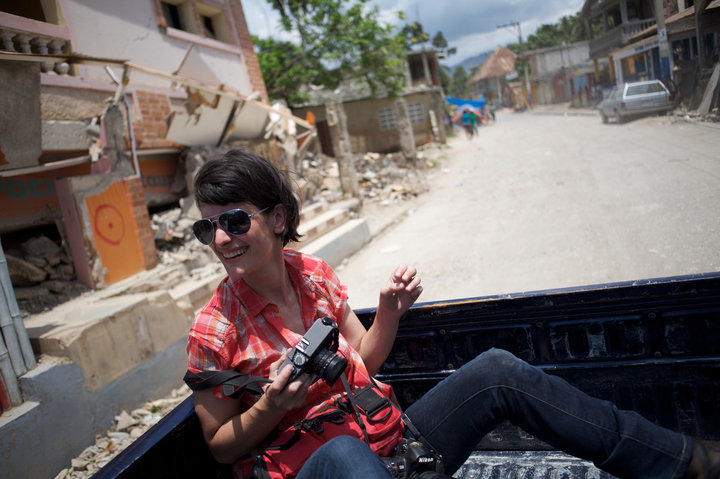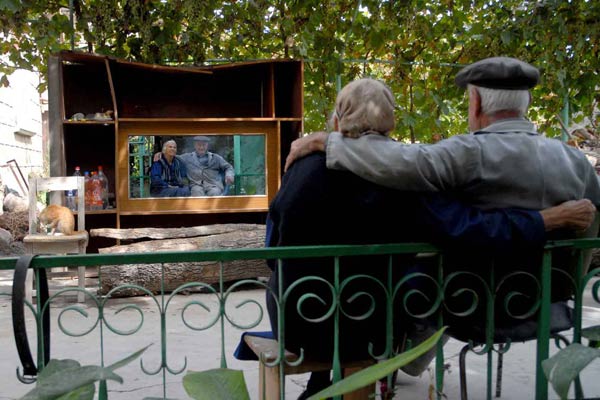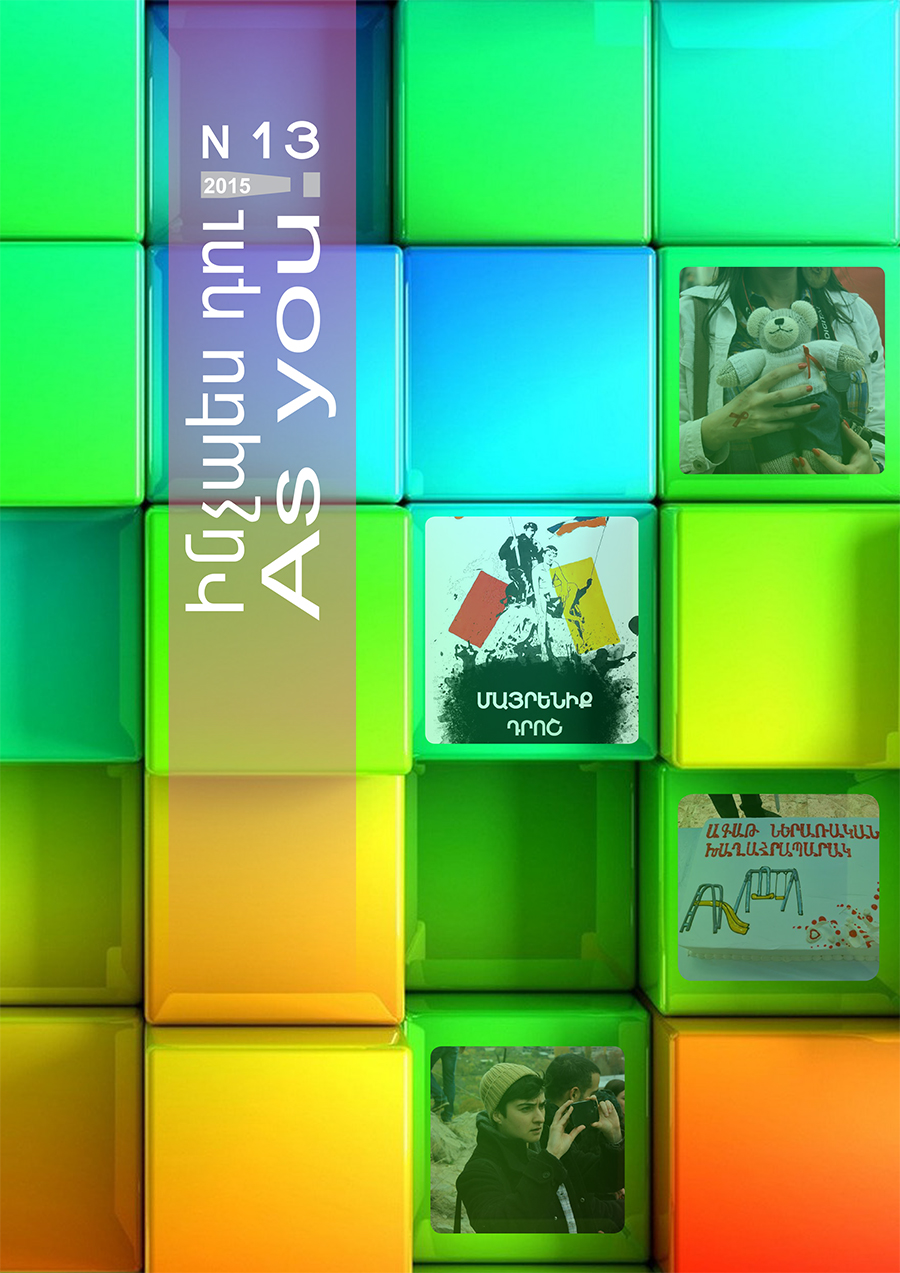“I’m interested in who people are, and how they live their lives and people’s stories”
Scout Tufankjian is a photojournalist of Armenian origin based in Brooklyn, New York. The world got to know Scout when she took a photo of Michelle Obama and president of USA Barack Obama hugging each other, and the Obama campaign staff posted this picture on the official Obama Facebook and Twitter accounts the night of the election. This picture became the most liked photo on Facebook and most retweeted tweet in history.
We wondered if that was the greatest achievement of Scout.
Talking about achievements, it’s hard to think of a photo of the Obamas as my greatest achievement because so little of it had anything to do with me. I took the picture. But I took the picture back in August and I think the response, the reason that the picture was so popular doesn’t have much to do with me; it has more to do with how people feel about the Obamas and how people felt about them on election night. I was quite honored to be asked to be the campaign photographer so that felt like an achievement. But you don’t get your big break and then you’re successful. It’s kind of a series of smaller breaks and so, for me, it’s been a series of small achievements: so working in the Middle East is a small achievement, and covering the first Barack Obama campaign was another achievement, and covering the Haitian earthquake or the Egyptian revolution, working on the Armenian Diaspora story, these were kind of a series of small achievements.
– What does it mean to be Armenian? Does an Armenian identity have any influence on topics you choose for your projects?
I’m not really sure what it means to be Armenian in general since I’ve never been anything other than Armenian. I think it has, though. Certainly, the fact that my family is Middle Eastern Armenian (Syrian and Anatolian) has given me a cultural familiarity with the Middle East that allows me to approach the region as less of an outsider – families there remind me of my family. In addition, because we (Armenians) are generally not major players in any of the conflicts or situations I have covered, I’m not slotted into one side or another, which is also really helpful.

In an interview with armenianweekly.com listing her favorite Armenians, Scout mentioned, ”my dad, along with the brave folks at PINK Armenia,” which was a very big surprise and a huge inspiration for employees and supporters of PINK.
”I hadn’t been to Armenia in 11 years but I followed what’s happening here and I just think that the work that you’re doing is so important. You know, whether it’s equality for sexual minorities, or HIV work, this stuff is so important, especially for young people growing up to know that they have mentors, and to know that there is a future, and you don’t have to hide and all of that is just so important for young people and for any kind of successful community”.
– What made you go to Middle East, Egypt, and Western Armenia?
I first went to the Middle East in early 2002 to cover the Second Intifada, which had just started in late 2001. I immediately felt very comfortable in the region and loved working there. Since then, most of my time in the Middle East has been work related – so I worked in Gaza off and on for four years, worked some in Lebanon and Syria, and then covered the Egyptian Revolution and it’s aftermath. I went to Anatolia for a different project – my Armenian Diaspora book project. Beyond the Middle East, I’ve also worked in the United States, Northern Ireland, and Haiti.
– What is the most important thing for a photographer?
I think the most important thing for a photographer is to be interested in and open to people. Robert Capa once said, that the most important thing about photojournalism is to like people and let them know that you like them. That’s my favorite piece of advice.
Kolya Hovhannisyan




